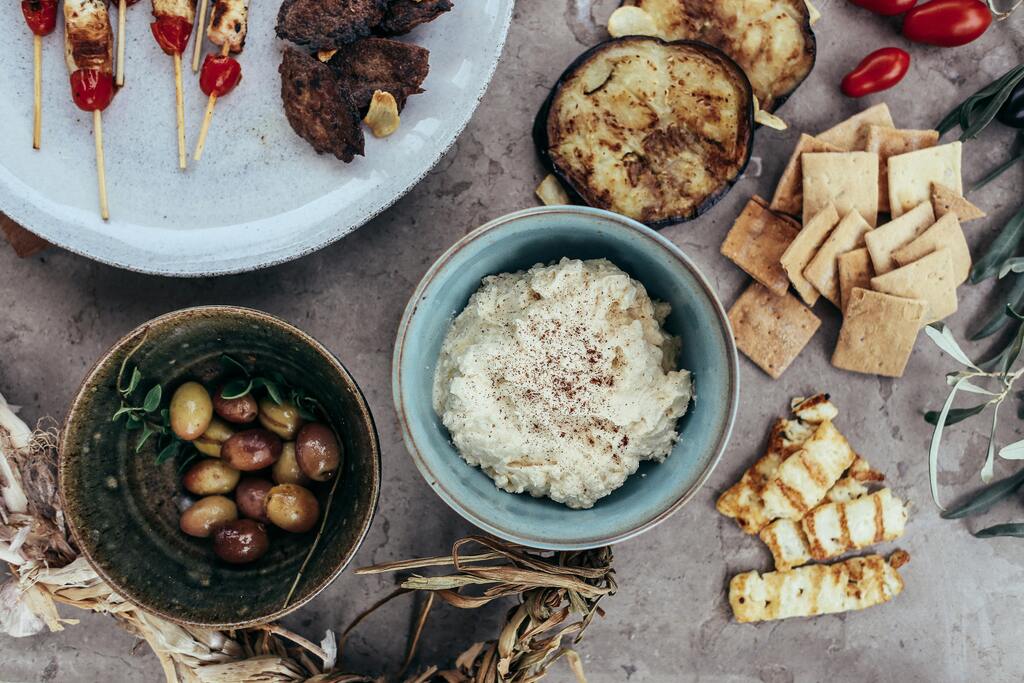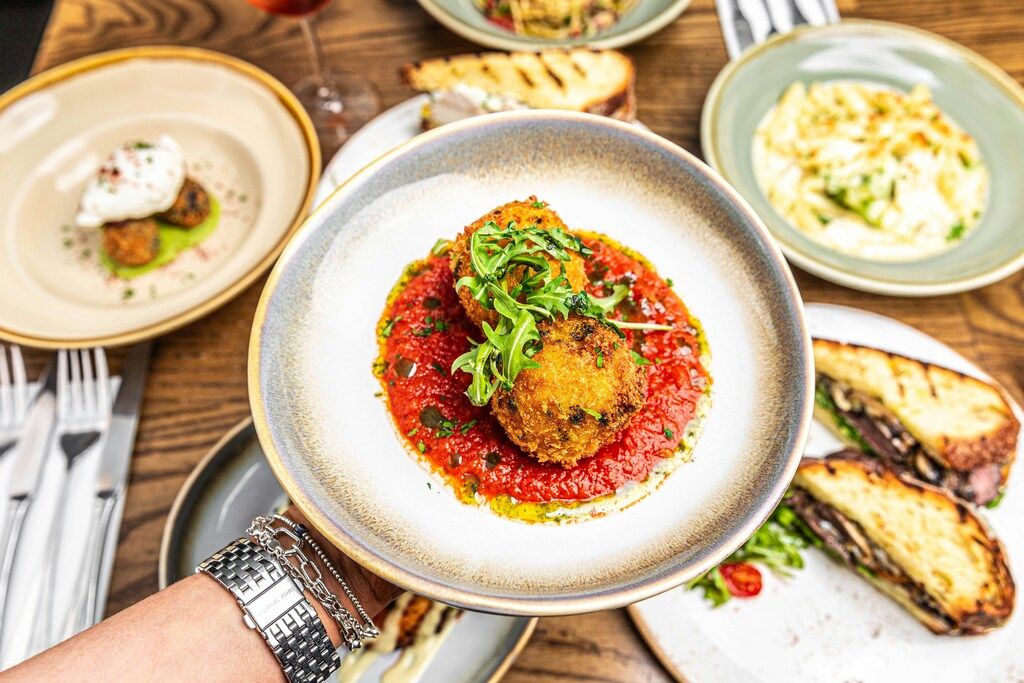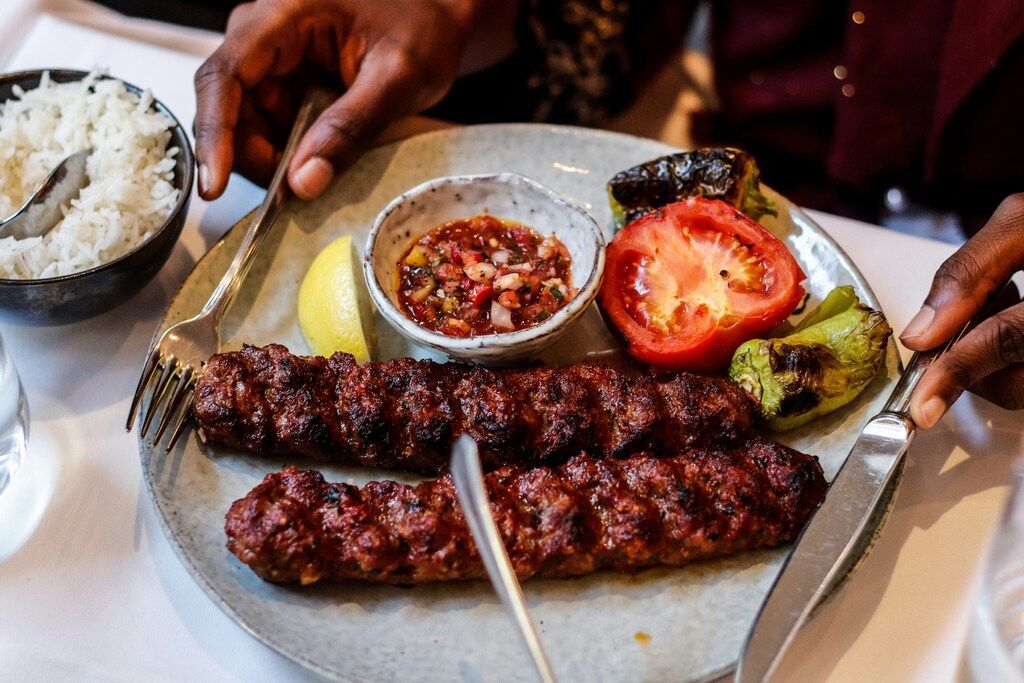

Egyptian food reflects the country’s rich past, offering a taste of diverse traditions and layered historical influences. Flavours echo Nile Delta soil, tribal heritage, and shifting power, crafting a vivid, evolving culinary identity. From Pharaohs to Arabs, each era shaped Egypt’s diverse and flavour-packed cuisine.
If you’ve ever wanted to get a taste of Egypt, this guide explores Egypt’s exotic tastes and must-try traditional dishes.
Koshari: the chaotic and comforting national dish
If you ask a local to describe Egyptian comfort food, they will most likely introduce you to the must-try Koshari. Koshari, Egypt’s national dish, is beloved for its bold flavours and comforting feel, served everywhere from streets to restaurants. Simply looking at the dish is often enough to appreciate its complex tapestry of flavours. Koshari is an explosion of ingredients with pasta and lentils spilling chaotically over a landscape of rice. What sets it apart, however, is the tangled web of flavours and textures. Delectable fried onions, saucy tomatoes, and garlic chilli sauce make this food much more than a random composite dish.
Koshari is one of the most popular foods to eat in Egypt. It can be found everywhere from street corners to upscale restaurants, and is loved by people of all ages and walks of life, not only for its robust flavours but also for its warm and yummy feel. Like many things, each region of Egypt has its unique version that blends flavours in its own distinctive way. However, the tomato sauce is widely acknowledged to be the masterpiece of the dish. It’s also a vegetarian-friendly dish and a real treat for the legume enthusiast as it’s made with various grains.
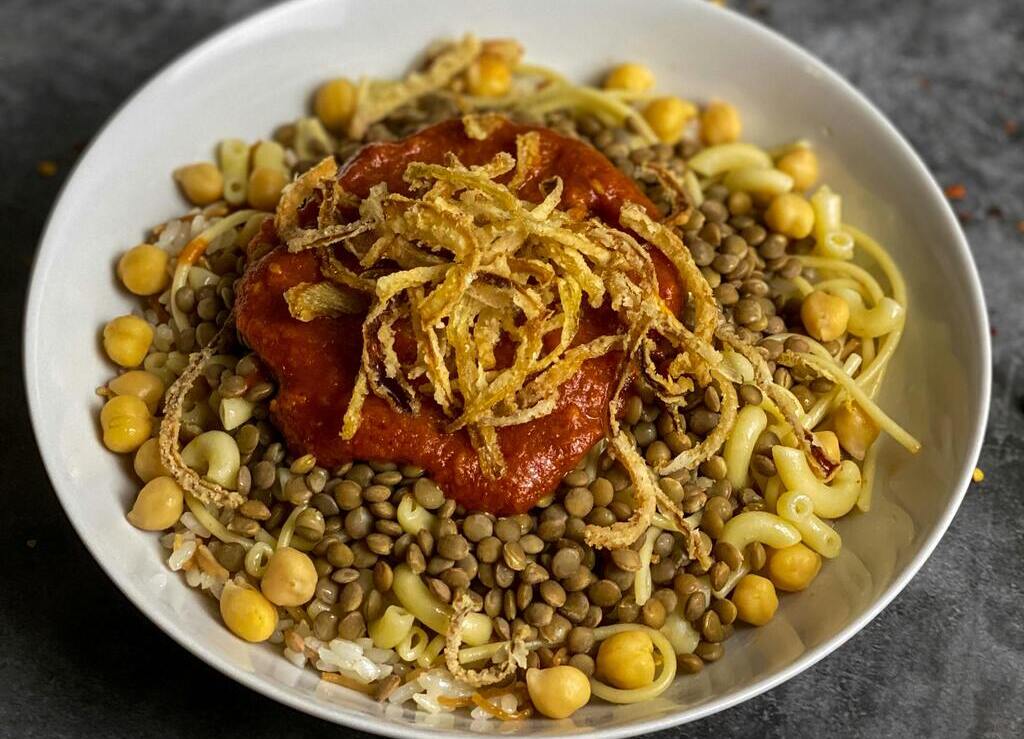
Ful medames: Egypt’s ancient and beloved breakfast
Ful medames, Egypt’s most popular breakfast dish, dates back to Pharaoh times and remains a staple on every table. In simple terms, Ful medames, also known as just Foul, is made from slow-cooked fava beans. Although it does not sound as fancy as it tastes, this traditional Egyptian breakfast dish owes its roots to the time of the Pharaohs, meaning that it might be one of the oldest Egyptian comfort food items available today and a taste of what ancient Egyptians ate.
Even though the preparation of this dish is simple, the taste is rich. After cooking the beans for hours until they are soft, they are served with olive oil and lemon juice with warm pita bread. There are different kinds of Ful toppings to choose from, like boiled eggs, pickled vegetables, and tahini. So, if waking up to a healthy and rich breakfast sounds like a balanced plan to kick-start your day, you should definitely give Ful Medames a try. It is also a budget-friendly, heavy, and fulfilling dish to eat, which is why it is loved by locals.
Taameya: Egyptian falafel with a twist
While falafel is a popular dish in the Middle East, the Egyptian counterpart has its distinctive character. Unlike the Levantine falafel made with chickpeas, Egyptian-style falafel known as Taameya is made with fava beans. The mix of fresh herbs, fava beans, and the fried golden look of the final product gives the Taameya its vibrant character and bright green colour while making it less heavy when consumed.
Taameya is one of the most popular snacks you can buy on the streets. Taameya sandwich is pita bread stuffed with fried Taameya, salad, and tahini. Or it can also be served as part of a larger and heartwarming traditional food spread. If you are a vegan or plant-based consumer, that snack will appeal to you. Herbs and beans combine to create Taameya’s earthy, vibrant taste—leaving you craving a second bite.
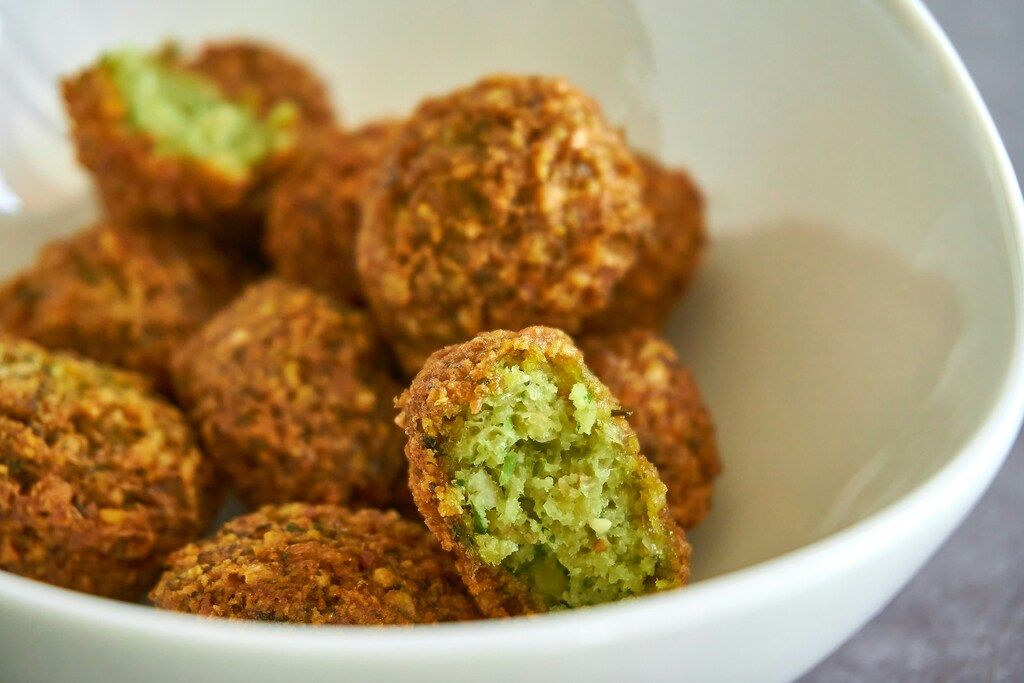
Molokhia: a polarising dish you have to try
It would be impossible to write about Egyptian food and not include the infamous Molokhia. A dish that splits opinions, this slightly slimy soup made from the jute plant leaves is nothing short of a herby and tasty delicacy. Rich in garlic, cumin, and coriander, its intricate taste is like no other. However, be warned because it’s an acquired taste. You might be undecided between hating and loving this dish. Whether you are the former or the latter, there’s no denying Molokhia’s rich history.
The dish is normally served with rice and cooked with rabbit in the north and chicken in the south. The soup’s mucilaginous texture can be a shock and off-putting for some people, but others find it comforting. The comfort is in the leaves when cooked in a broth spiced with garlic and coriander for an incontestable taste.
Mahshi: Vegetables Taken to the Next Level
In Egyptian cuisine, Mahshi refers to vegetables stuffed with rice, herbs, and/or meat and slow-cooked until it is perfect. This inventive creation of a simple dish gives vegetables such as grape leaves, zucchini, and eggplant a flavourful and classic twist. However, the implication of the dish goes beyond its concept.
It is one of the most adaptable and versatile dishes in Egyptian gastronomy. Every city and town comes with its own Mahshi recipe, and most include a stuffing made out of rice and minced meat, although vegetarian options use a mix of herbs, spices, and other vegetables for a rich and flavour-rich taste. The vegetables are then simmered in a tomato-based sauce, which gives them a soft and sweet taste. Sometimes the dish is washed down with a side of yoghurt or tahini to make the meal richer.
Whether it’s a family reunion or a simple homemade dinner, it’s difficult to get enough of this filling Egyptian fare. Make room for this Egyptian delicacy when you are in Egypt, whether as a first-timer or an old-timer.
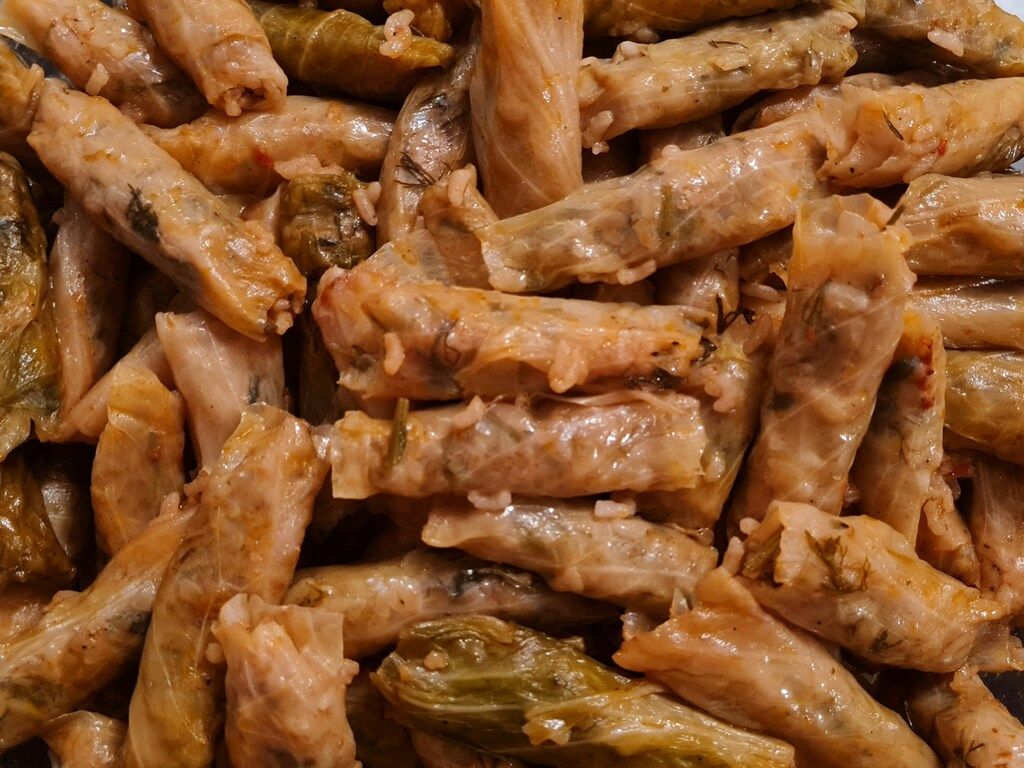
Kofta and kebab: grilled meat, Egyptian-style
Egyptians know their way around a grill, and kofta and kebab are the proof in the pudding or on the grill. These meat skewers made of minced meat, usually lamb or beef, and a blend of traditional local spices, are often grilled over a charcoal open flame until the outer side becomes perfectly charred and the inner side tender. The aroma of those sticks grilling in the open is too tempting to resist. That is why you will always see a long line of buyers and eaters of this food at local “Kababgy” restaurants.
Often served with rice, flatbread, or grilled vegetables, kofta and kebab never fail to delight. The smoky and spiced meats paired with fresh and contrasting sides are wholesome and enjoyable. Whether in Cairo or eating a seaside meal in Alexandria, kofta and kebab are an ideal group dining fare.
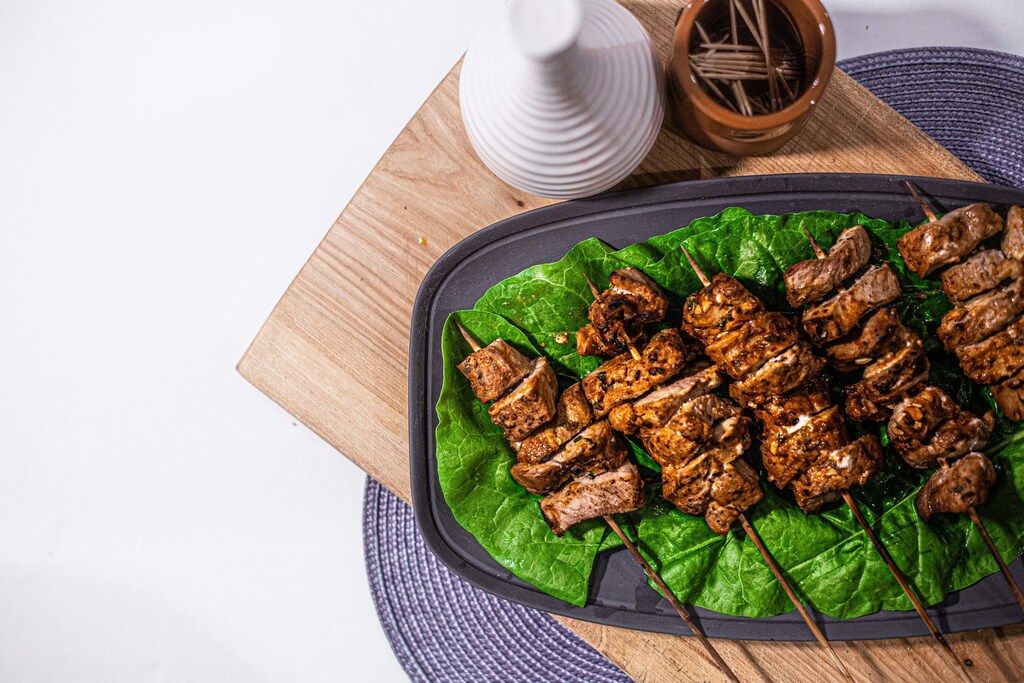
Sayadiya: seafood lovers, head to the coast
For those with a fondness for seafood, a steaming plate of Sayadiya is just the thing to try. Egyptian coastal towns like Alexandria and Port Said are top spots to score solid servings of this spiced rice and fish feast, purportedly the Egyptian cousin of the mighty paella. Sayadiya stars luscious slices of fragrant fish, typically tilapia or bass, cooked in spiced rice with onions, garlic, and a handful of heady spices like cumin and coriander.
This dish is traditionally accompanied by a fried fish side and a squeeze of lemon. This sharp additive cuts through the headiness of the plate nicely. The dish hints at the wealth of offerings in Egypt’s coastal realms and represents a veritable maritime paradise between the Mediterranean and Red Seas. Keep an eye out for a port city restaurant that serves this savoury dish whenever you hit the coast, especially in a place like Alexandria.
Sweet tooth? Don’t leave without trying basbousa and konafa
Egypt is famous for its opulent array of desserts, and you don’t want to miss an opportunity to try a few of the country’s most coveted sweets. Top of that list of Egyptian desserts? Basbousa and Konafa. Basbousa is a semolina cake set swimming in sweet and syrupy goodness and served with a sprinkling of almonds or coconut on top for some texture. It is rich, dense, sweet, and addictive.
The konafa is a rich pastry made with thin shredded dough drizzled with syrup and stuffed with cream, nuts, or sweet cheese. In Egypt, these pastries are especially popular during Ramadan and are eaten for iftar among family and friends. There are plenty of bakeries in Egypt where you can find this, and no trip is ever complete without trying this local cuisine. Dive into a slice of basbousa with a cup of mint tea or a piece of konafa after enjoying a good meal.
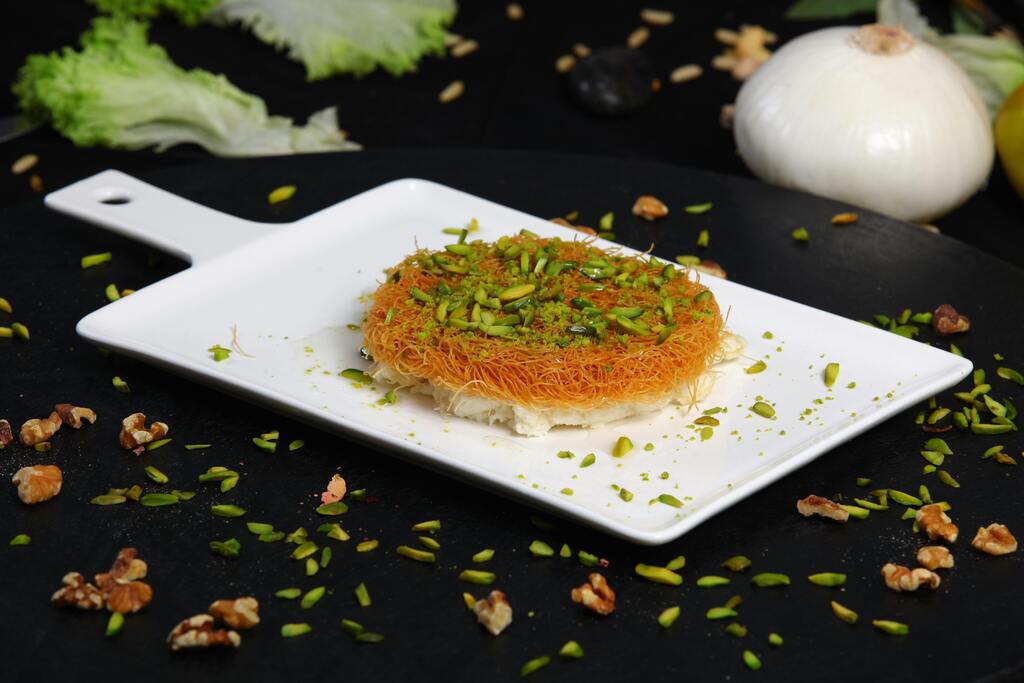
Drink like a local: from karkadeh to sugarcane juice
Just like the cuisine, the beverage culture in Egypt is very colourful and interesting. With everything being all hot and delicious, you’ll want to wash it all down with something to cool you off. Be sure to try karkadeh, or hibiscus tea, and sugarcane juice. Karkadeh is a deep red tea brewed from dried hibiscus flowers known for its tangy tart flavour. It’s usually served cold during the summertime and has many health benefits, such as helping lower blood pressure and aiding digestion.
Another popular drink is sugarcane juice. In Egypt, the juice is freshly pressed from sugarcane stalks to create a sweet and refreshing liquid. You can easily find vendors selling it on the street, served over ice. It’s the perfect drink for a hot day, but if you want a more traditional drink, go for mint tea. It is a popular drink in Egypt and is enjoyed by all.
Beyond the Plate: Where to Eat and What to Explore
When you taste a dish, you’re eating the history and culture of its country. Eating traditional dishes is one of the best ways to learn about new flavours and stories and make long-lasting memories. While in Cairo, check out the Khan El Khalili Market, known for its food and sweet stalls serving Egyptian street food favourites and traditional Egyptian dishes. If you’re in Aswan, check out the riverside cafes that provide views for days and where you can enjoy falafel, koshari, and whatever else you like while looking out at the Nile.
You can explore Egypt’s top sights beyond food to experience all the flavours, people, and history for yourself. You will have many stories to tell and dishes to eat. Remember that you’re not just exploring a country; you’re learning about the home of a dish, a masterpiece of history with a flavour of culture waiting for you to explore.
Curious about climate and crowd levels?
Depending on the time of year, your experience can leave you hot, bothered, and uncomfortable or dazzled, surprised, and fulfilled. The country has a predominantly desert climate, which means it’s usually dry and hot, sometimes even hazardous. If you want to explore ancient ruins, browse through chaotic markets, and taste your way through the country without shrivelling up and dying from the heat, timing is everything, so find out when to visit Egypt and experience the best weather. The most agreeable conditions can be found during winter from November to February, Egypt’s unofficial ‘peak’ season. It is by far the best time to go.
The air is considerably cooler, humidity levels are manageable, and the temperatures are warm, dry, and pleasant. It can still get a little nippy in the evenings and may rain, so bring a light jacket. If standing in long lines, competing for space, or general tourist experiences aren’t your jam, spring from March to May and autumn from September to October are definitely the best times to go. It is dry, wildly beautiful, less busy, and slightly cooler.

Taste Egypt with a Group Trip Full of Flavour
Food is the window to a country’s soul, and Egyptian food provides an amazing journey through culture. If you want to explore Egypt through its tastes, there’s no better way than on a group tour. Whether sitting down to street food in Cairo, trying a local dish in a village, or enjoying fresh-caught seafood by the Red Sea, a group trip is the ideal way to experience the best Egyptian food. You can join a group trip through Egypt’s flavours and wonders for the full immersive experience – or opt for a shorter itinerary and explore Cairo on an express group tour to still get a rich taste of Egyptian culture and cuisine.
Frequently Asked Questions About Egyptian Food
What are the national dishes of Egypt?
While several dishes are contenders, the two most iconic national dishes are:
- Ful Medames: A staple breakfast dish made from slow-cooked fava beans seasoned with cumin, olive oil, lemon, and garlic.
- Koshari: An extremely popular and satisfying street food that combines rice, macaroni, lentils, and chickpeas, topped with a spicy tomato sauce, garlic vinegar, and crispy fried onions.
What is a typical Egyptian breakfast?
A traditional Egyptian breakfast is hearty and flavourful, often consisting of:
- Ful Medames (fava bean stew)
- Ta’ameya (Egyptian falafel)
- Hard-boiled eggs
- Cheese
- Fresh Aish Baladi (local flatbread) for dipping.
What is Ta’ameya and how is it different from other falafel?
Ta’ameya is the Egyptian version of falafel. The main difference is the core ingredient: while Middle Eastern falafel is typically made with chickpeas, Egyptian Ta’ameya is made from dried, crushed fava beans. This gives it a lighter, fluffier texture and a distinct green colour on the inside.
What are some must-try street foods in Egypt?
Egyptian street food is a key part of the culture. Some essential dishes to try are:
- Koshari: The ultimate carb-loaded comfort food.
- Shawarma: Slices of marinated meat (usually lamb or chicken) shaved from a vertical rotisserie and served in flatbread.
- Kofta: Skewers of spiced minced meat (lamb or beef) grilled over charcoal.
What kind of bread is common in Egypt?
The most common bread is Aish Baladi. It is a rustic, whole-wheat flatbread that puffs up when baked, creating a pocket. It’s a versatile staple served with nearly every meal, used for dipping in stews or making sandwiches.
Are there good vegetarian options in Egyptian cuisine?
Yes, Egyptian cuisine is very vegetarian-friendly. Many of the most famous and delicious dishes are naturally plant-based. Key vegetarian options include:
- Koshari (rice, pasta, lentils, chickpeas)
- Ful Medames (fava bean stew)
- Ta’ameya (fava bean falafel)
- Besara (a creamy dip made of fava beans and herbs)
What are some famous Egyptian desserts?
Egypt has a variety of rich, sweet desserts. Two of the most famous are:
- Umm Ali: A warm, creamy bread pudding made with puff pastry, milk, cream, nuts, and raisins. Its name translates to “Ali’s Mother.”
- Basbousa: A sweet semolina cake soaked in a simple syrup, often flavoured with coconut and garnished with an almond.
What are some traditional drinks in Egypt?
Popular traditional Egyptian beverages include:
- Karkadeh: A hibiscus tea that can be served hot or cold and is known for its vibrant red colour and tart flavour.
- Shai (Tea): Black tea, usually served very sweet in a small glass, is a cornerstone of Egyptian hospitality.


